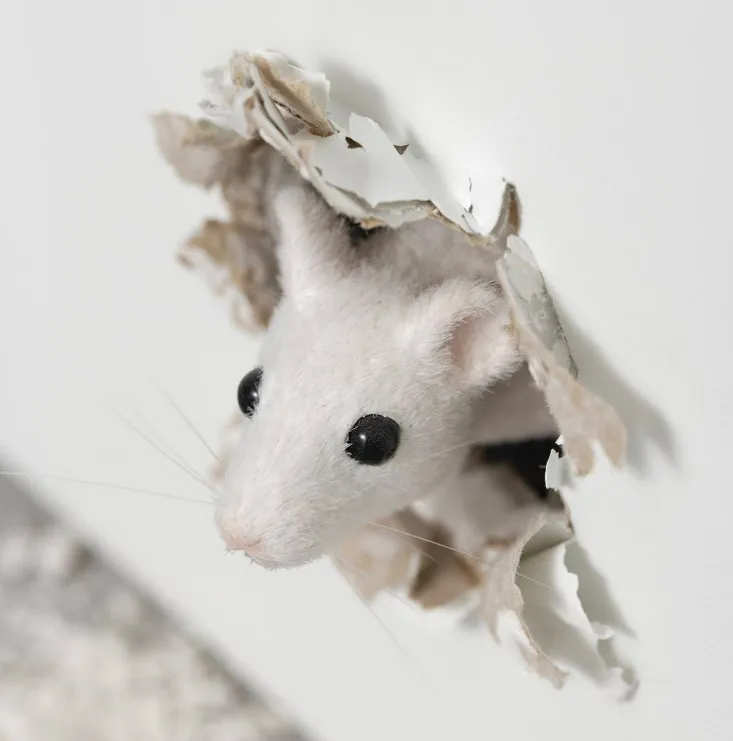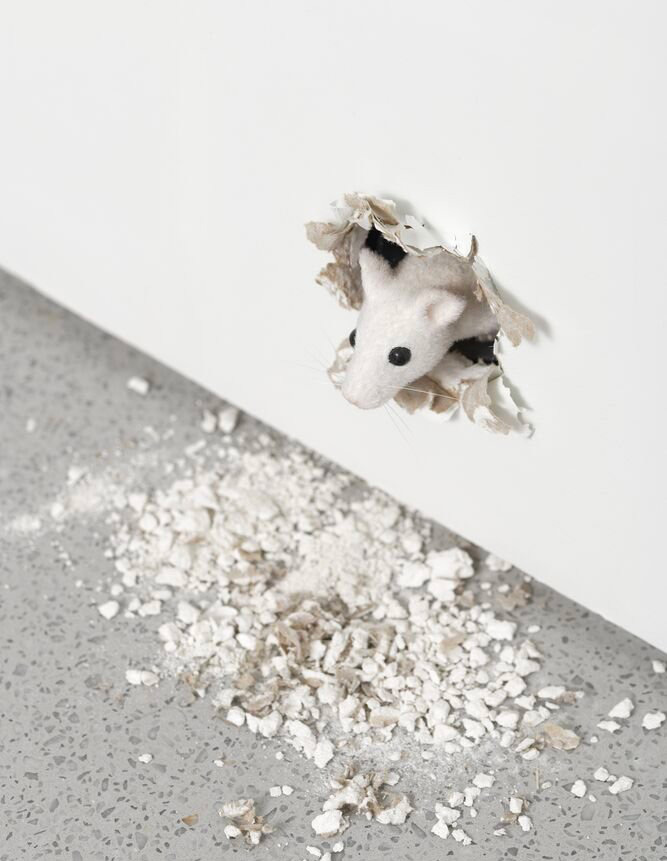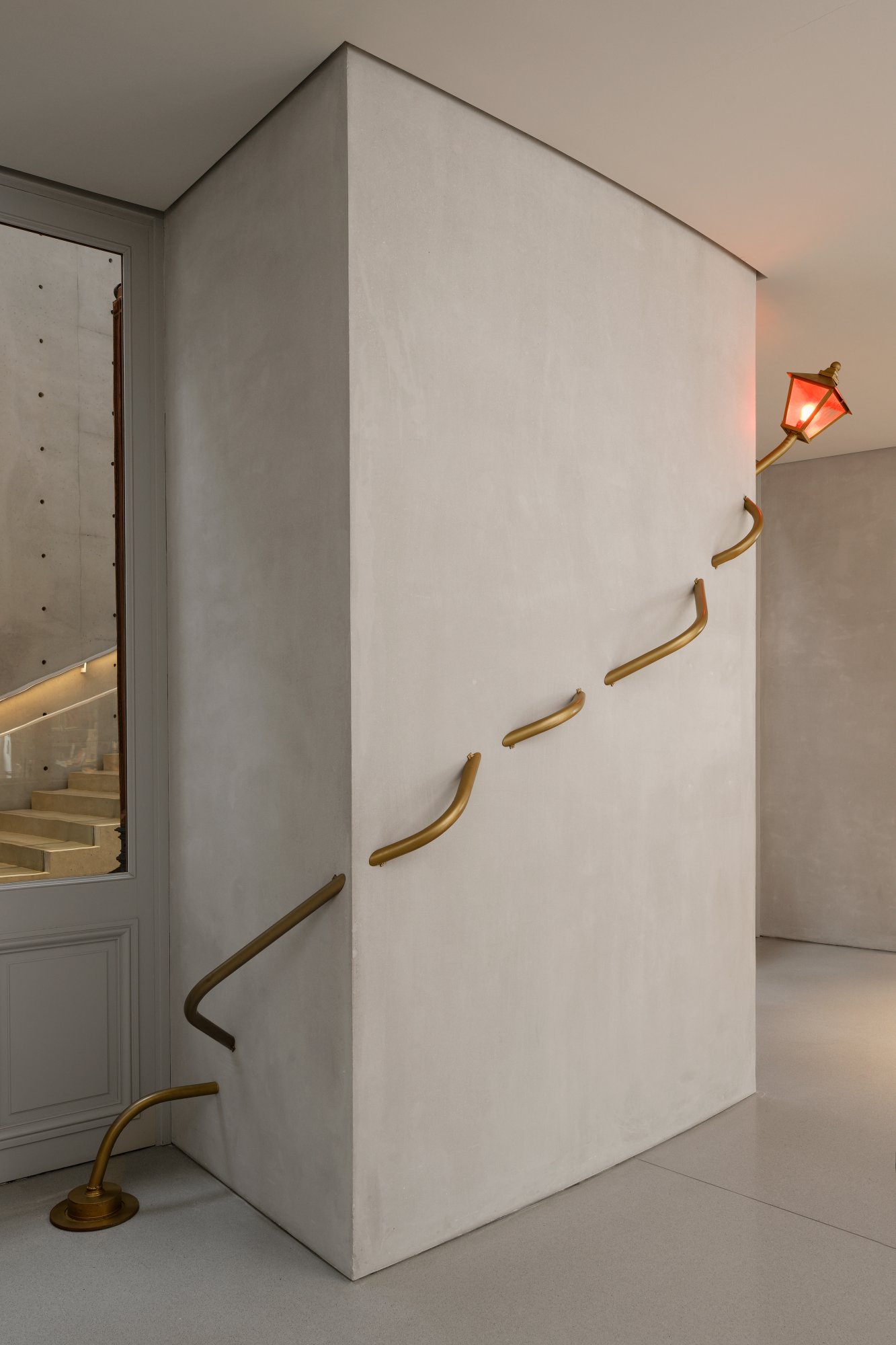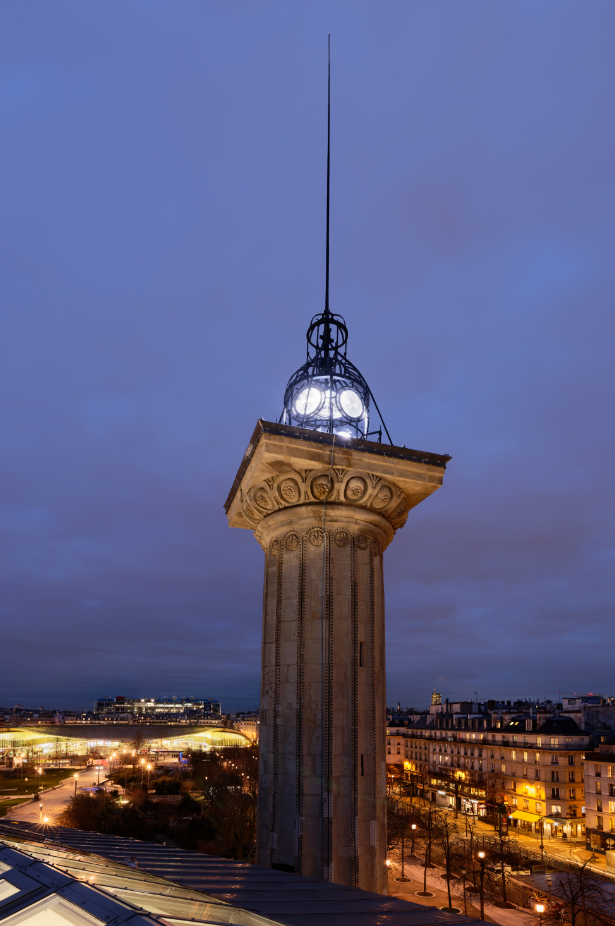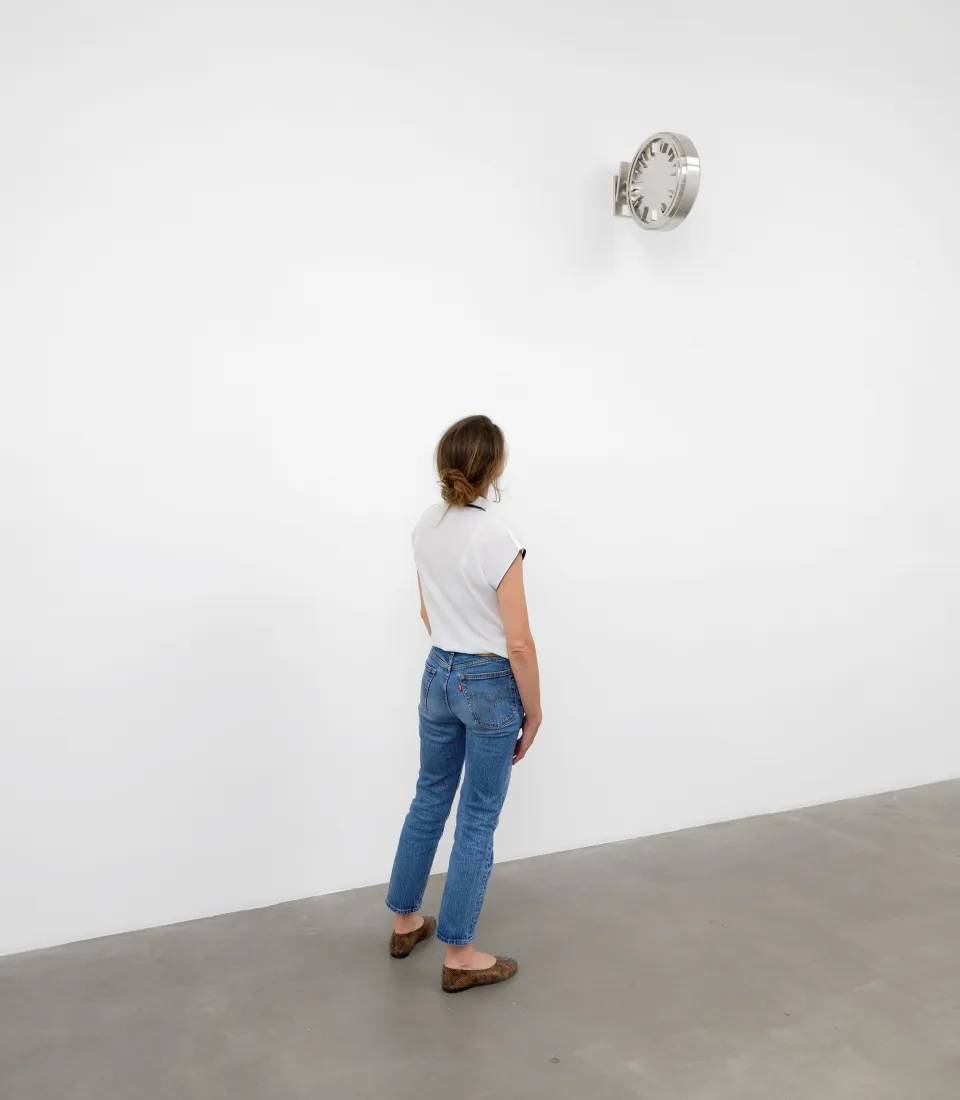Several artists have been invited to install in-situ works inside and outside the Bourse de Commerce, to create a dialogue between the architecture and the exhibits.
Opening hours
Open Monday to Sunday from 11:00 am to 7:00 pm
Late opening on Friday, until 9:00 pm
Closed on Tuesdays and May 1
Full rate : 15 €
Reduced rate : 10 €
Free entry with the Membership Pinault Collection card
Free entry without booking after 4 pm for Super Cercle members
